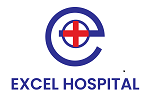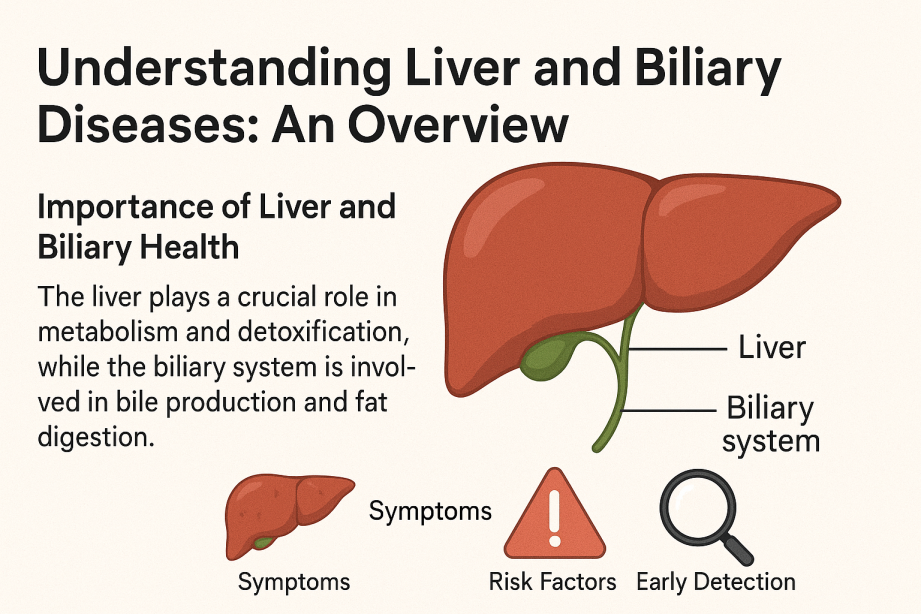
Understanding Liver and Biliary Diseases: An Overview
The liver and biliary system are essential organ systems of your body, and the roles of these systems in everyone’s health are still under awareness. In this blog, we will discuss common liver conditions and biliary disorders, what the symptoms and risk factors associated with these conditions are, and the importance of early detection. Whether you’re a patient seeking knowledge or a health professional needing a refresher, this in-depth guide is here to inform and empower.
The Importance of Liver and Biliary Health
The liver is one of the most important organs in the body, central to the processing of nutrients, the detoxification of chemicals, and the production of bile. Bile, which is produced in the liver and stored in the gallbladder, assists in digesting fats and absorbing vitamins. The goal of this article is for us to think, consider, and examine the health of the liver and biliary system, the foundations of metabolic harmony.
Common Liver Conditions
Numerous liver diseases can occur at different stages of life. Here are some of the commonly seen liver diseases:
Hepatitis
Hepatitis is inflammation of the liver, which can be caused by viral infections as well as alcohol use or autoimmune responses. Hepatitis A, B, and C are some of the most known types, and each of them has different means of transmission, symptoms, and treatment protocols. Therefore, early detection and vaccination (if applicable) of the infection are very important for containing hepatitis as well as preventing any further damage to the liver.
Non-Alcoholic Fatty Liver Disease (NAFLD)
NAFLD is a condition that is rapidly on the rise in our society, mainly due to lifestyle changes such as diet and exercise patterns. This condition, which occurs when fat accumulates in the liver, can lead to progressive liver failure when untreated. NAFLD is often advised to manage lifestyle changes, including a healthy diet and regular exercise.
Cirrhosis
Cirrhosis is a late stage of scarring of the liver caused by chronic liver damage. Long-term alcohol abuse, chronic hepatitis, and nonalcoholic fatty liver disease, or NAFLD, can cause cirrhosis. Early symptoms can be nonspecific but, as the disease progresses, may include fatigue, jaundice, and abdominal swelling. Liver function preservation and slowing deterioration need early intervention.
Liver Cancer
Chronic liver diseases, including hepatitis and cirrhosis, can lead to liver cancer. It is a grave condition that highlights the need for regular medical screening, particularly for people with a history of liver disease. Early detection processes have also been improved with the advancements in medical technology, resulting in better treatment results.
Common Biliary Disorders
Biliary disorders are also a major consideration alongside liver condition. Biliary Disorders Some of the most common biliary disorders are
Gallstones
Gallstones form when substances in bile, such as cholesterol and bilirubin, harden into stones. These can block the flow of bile, causing pain, inflammation, or infection. Symptoms typically include sharp abdominal pain, nausea, and sometimes fever. Treatment options range from medication to surgical removal in more severe cases.
Cholecystitis
Cholecystitis is often the result of blockage of the bile ducts by gallstones. It can also increase the risk of infection, and as such most cases require immediate medical treatment to reduce pain and prevent infection. Early diagnosis (before irreversible damage to the biliary system occurs) is key.
Primary Sclerosing Cholangitis (PSC)
PSC is a progressive illness that results in scarring and constriction of the bile ducts. This disorder can cause bile to accumulate in the liver, leading to liver damage. While the exact cause of PSC is not fully understood, early detection through imaging and blood tests can help manage the condition and improve quality of life.
Recognizing the Symptoms
Understanding the symptoms of liver and biliary diseases can save lives. Common indicators to be aware of include:
-
Jaundice: Yellowing of the skin and eyes indicates that the liver is not processing bilirubin properly.
-
Abdominal Pain: Persistent discomfort in the upper right side of the abdomen may signal liver or gallbladder issues.
-
Fatigue: Chronic tiredness can be a sign of underlying liver dysfunction.
-
Unexplained Weight Loss: Sudden weight loss might suggest serious liver conditions, including liver cancer.
-
Digestive Issues: Problems like nausea, vomiting, and changes in stool color can be linked to both liver and biliary disorders.
These symptoms warrant timely medical evaluation to rule out serious complications and initiate appropriate treatment.
Causes and Risk Factors
Various factors can contribute to the development of liver and biliary diseases. Key causes include:
-
Viral Infections: Hepatitis viruses are significant contributors to liver inflammation.
-
Alcohol Consumption: Excessive alcohol intake is a well-known factor in liver damage and cirrhosis.
-
Unhealthy Lifestyle Choices: Poor diet, obesity, and sedentary habits can lead to NAFLD.
-
Genetic Predisposition: Family history may increase the risk of certain liver conditions.
-
Autoimmune Disorders: In some cases, the immune system may attack liver cells, causing inflammation.
Understanding these risk factors can motivate individuals to adopt healthier lifestyles and pursue regular medical check-ups.
The Importance of Early Detection
Early detection of liver and biliary diseases is critical in preventing progression to more severe conditions. Routine screenings, diagnostic imaging, and blood tests can identify issues before they become life-threatening. Medical professionals emphasize that proactive monitoring is essential for high-risk individuals, such as those with a family history of liver disease or known risk factors like obesity and alcohol use.
Early intervention not only improves treatment outcomes but can also significantly enhance quality of life. The use of advanced diagnostic tools has transformed the landscape of liver and biliary health, making early detection more accessible and reliable.
Empowering Your Health Through Education and Action
Staying informed about liver and biliary diseases empowers you to make timely decisions about your health. If you experience any of the symptoms mentioned above, do not hesitate to consult a healthcare professional. A proactive approach—combining a healthy lifestyle, regular check-ups, and early detection—can make a significant difference in managing these conditions.
Liver and biliary diseases are among the most difficult illnesses to treat for healthcare professionals, who are constantly studying new methods to prevent and treat these diseases. Staying up to date on advancements in medical technology and treatment options means you're able to take advantage of the best possible care.
Conclusion
IMPORTANCE Liver and biliary diseases this list, but introducing these conditions is the first step in would appear to be daunting to learn how to control and prevent harm. Recognizing the common symptoms along with the causes and putting an emphasis on early detection will give you the necessary information that you need to prevent yourself from illness. Keep in mind that your liver and biliary system are critical for overall wellness, and taking action now is the key to long-term health.
Be aware that you are a part of all those changes and empower yourself with as much information as you can, be on the lookout for changes concerning your health, and get medical advice to make sure you get the best possible support and treatment. Your path to wellness or better health starts with having insights about about your body and taking the necessary precautions before small problems turn into serious health issues.
When you choose a holistic approach to your liver and biliary health, you’re choosing to invest in a future of living vibrantly and actively, undeterred by disease that could have been prevented. Block out all the noise and stay tuned in to what is happening.
Latest Blog
-
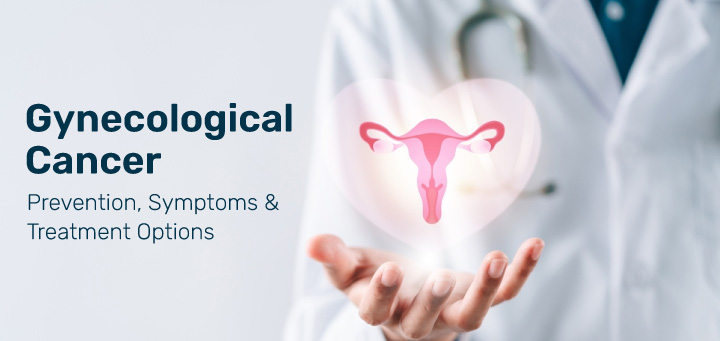
Gynecological Cancer Prevention Symptoms and Treatment Options
-
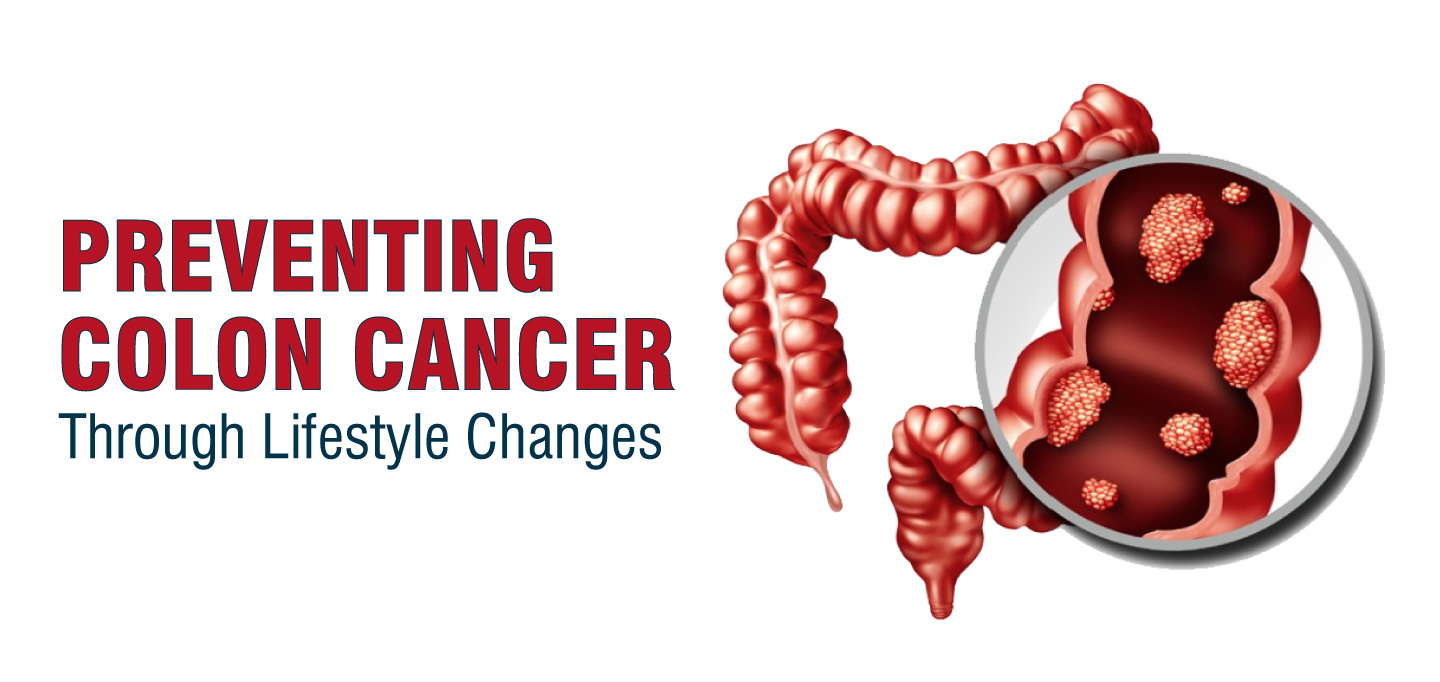
Preventing Colon Cancer through Lifestyle Changes
-
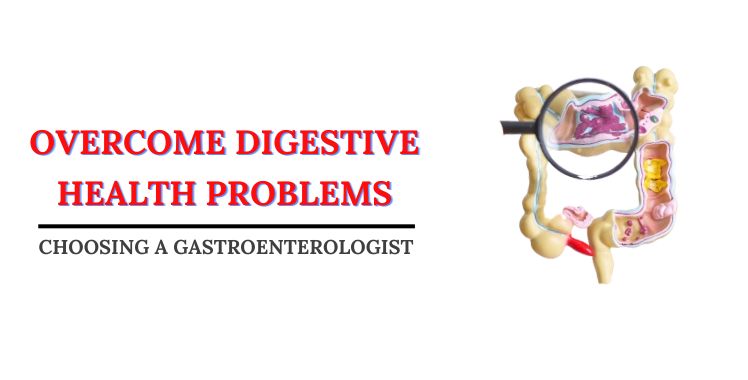
Overcome digestive health problems: Choosing a Gastroenterologist
-

Find Out Why Choosing the Best Gastro Doctor in Ahmedabad is Crucial
-

Understanding Liver and Biliary Diseases: An Overview
-
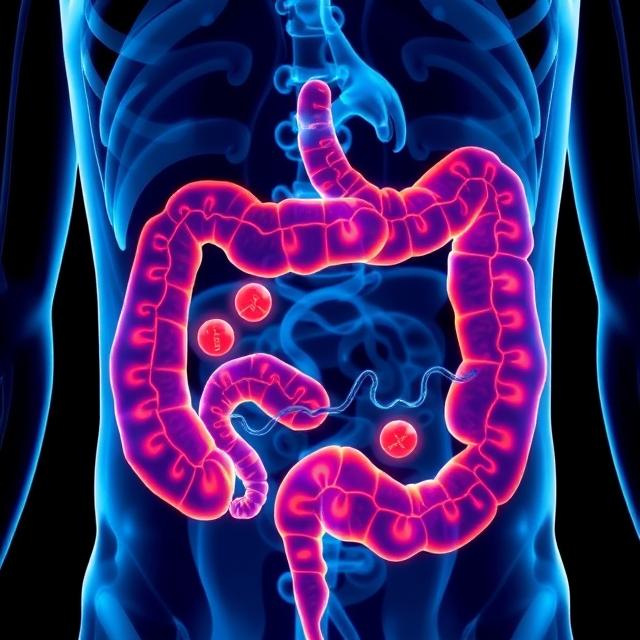
Early-Onset GI Cancers in Young Adults: Recognizing the Red Flags
-

Scorching May in Ahmedabad: Is Your Health at Risk?
-
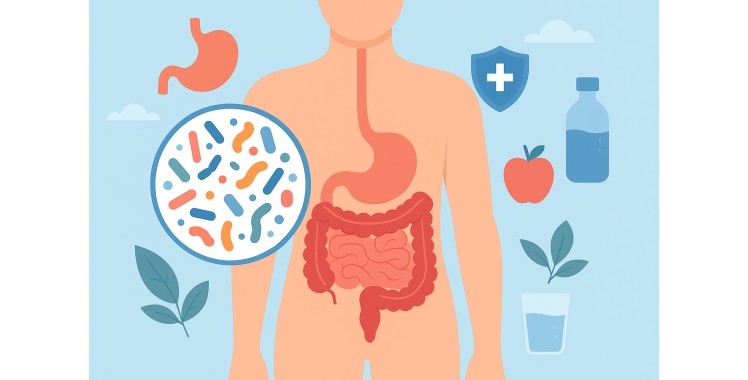
Why Gut Health Matters More Than You Think
-
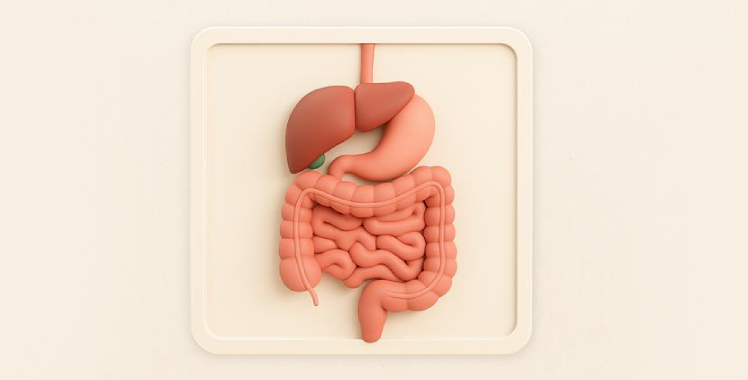
Top Gastroenterologist in Ahmedabad: How to Choose the Right Expert for Your Digestive Health
-
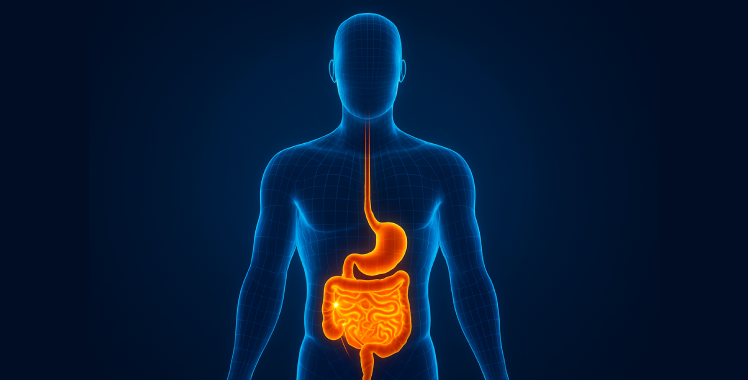
Top Benefits of Laparoscopic Surgery for Digestive Disorders in Ahmedabad
